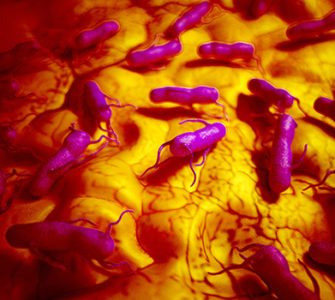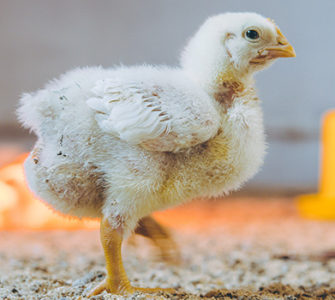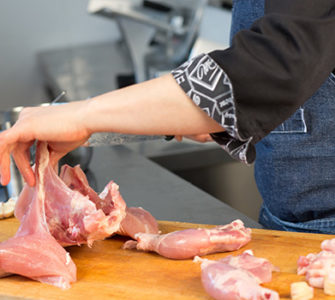Direct-fed microbials can impact Salmonella vaccine efficacy
Some direct-fed microbial additives with live cultures have been found to impact the efficacy of modified-live vaccines.
Sanderson Farms’ Phil Stayer, DVM, said the firm made the findings relatively recently as part of work to reduce Salmonella levels on poultry going into processing plants.
The USDA’s Food Safety and Inspection Service is targeting processors to reduce Salmonella levels, and a vital part of that strategy is implementing on-farm interventions to reduce the load going into slaughterhouses.
Live vaccines are playing an essential role in this, as are in-feed and in-water additives that have been developed to help.
But Sanderson Farms found some direct microbials not only have an effect on wild Salmonella but also the strains introduced as part of vaccinations.
“It has to do with the Salmonella that’s going to have a niche in the birds, whether it’s a wild strain or it’s vaccine strains,” Stayer told Poultry Health Today.
“So, it’s something a direct [fed] microbial, which is a microbial population that inhabits that space, prevents wild-strain Salmonella from inhabiting that space, and it will do the same for a modified-live strain.”
The timing of administration appears to have an impact, he added. “We do know that simultaneous applications can be problematic.
“We think that if you get your modified-live vaccine in early and then immunity is established, then maybe you can do direct microbial after that. But we don’t know that timing just yet.”
At present, feed scheduling offers an opportunity to phase in microbials after first offering birds a live-vaccine program.
“So, like our breeding stock will have a starter feed for 4 weeks. That first 4 weeks we’ll probably focus on a vaccine, not direct-fed microbials,” Stayer said.
“Otherwise, in broilers, we’ll change feed after 2 weeks of age, and so that first feed probably wouldn’t have a direct-fed microbial in it.”
It forms part of what Stayer described as a “shotgun approach” to Salmonella control — where a lot of interventions take place, with new ones trialed all the time. Working out which are most effective, however, is a challenging thing to do.
“It’s really hard to measure any one of those effects,” he explained. “We’ve tried, and we’ve used data analytics to look at when we’ve started things [and] when we’ve stopped things, we’ve changed things, and still, it’s a mountain of [confusing] data to go through.”
Posted on September 22, 2021

















